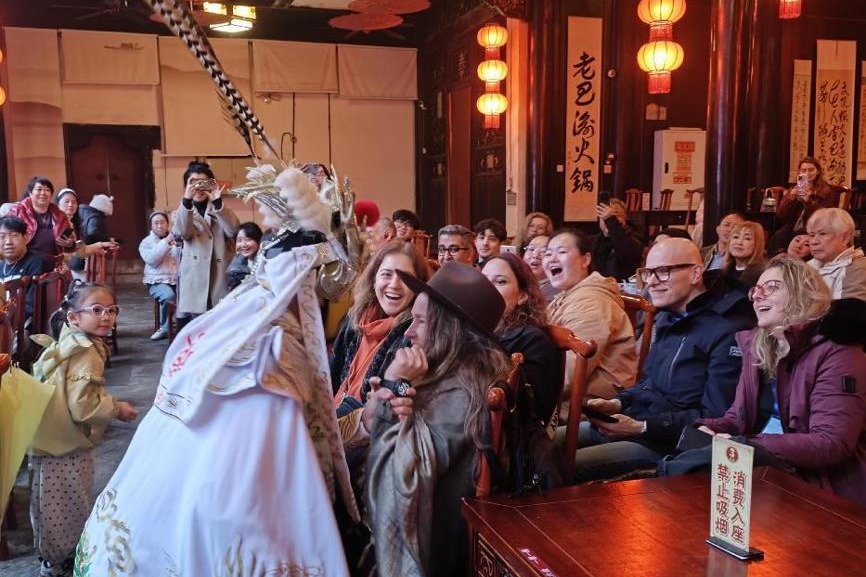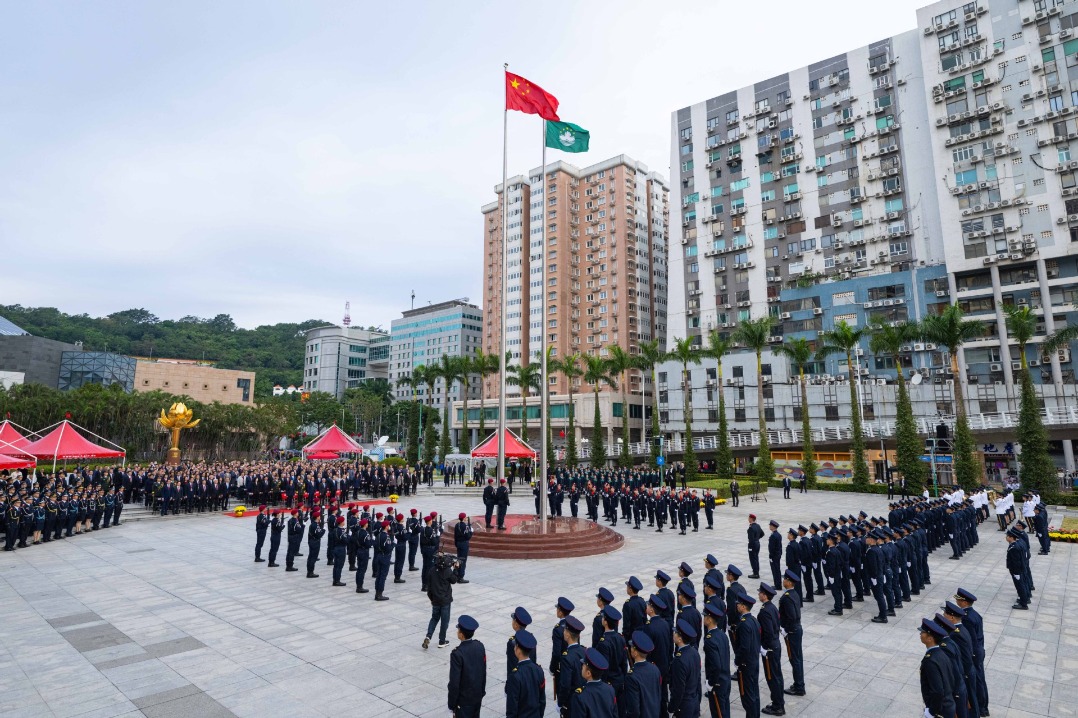Handbooks slammed for engaging youths in unrest, color revolution


Several handbooks on how to engage young people in creating social unrest through so-called "nonviolent struggles" have triggered widespread criticism online in China.
Many of the details in these handbooks echo recent behavior of protests in Hong Kong aimed at paralyzing public services and discrediting government.
Analysts warned that the dozens of campaigns by protesters in the past three months – including encouraging high school and university students to boycott class – are well planned and apparently follow the instructions offered by these handbooks, which promote a de facto "color revolution".
Political scientists have used the term "color revolution" to describe anti-government movements that swept Middle East and Eastern Europe countries in recent two decades.
Those color revolutions, aimed at seizing power, boast the use of nonviolent approaches but mostly also involved violence. What followed them are long-term political and social instability and a sluggish economy, experts noted.
One of the handbooks, Handbook for Working with Activists, published by the Centre for Applied Nonviolent Action and Strategies, elaborates on objectives, plans, structures, and recruitment for protests that aim to create social unrest and culminate in a seizure of power.
The solutions it offers to activists cover a wide range of aspects for organizing such protests, including marketing, press service and education of trainers.
It includes a sample access card to help organizers collect personal information of secondary school and university students and identify possible activities for them.
The last page of this handbook features a photo of Nathan Law Kwun-chung, who was convicted in 2016 of incitement over the occupation of Hong Kong Special Administrative Region government headquarters in September 2014.
Another handbook issued by the center, A Guide to Effective Nonviolent Struggle, explains how to remove "pillars of support" to governments, such as local communities, education systems, and media and business communities, in order to encourage rifts in the public.
It offers a detailed list of 198 methods of nonviolent action.
In one section called "Noncooperation with Social Events, Customs and Institutions", it names five options: a suspension of social and sports activities; boycott of social affairs; student strike; social disobedience; and withdrawal from social institutions.
"Young people tend to be impulsive, which could be used to motivate them and for them to be sacrificed," said Sina Weibo user kenluobotukenluobo.
"This is so appalling," said another user, qingwa_qijiA.
In a report in July, Hong Kong-based newspaper Ta Kung Pao unveiled a separate publication in the covert of a book offering tips for an online game that was spread in the city's social networks, with some posts found to brief on how to attack the police with self-made weapons.
- Vice-chairman of CPPCC Jiangxi Provincial Committee placed under investigation
- Five trapped in flooding accident at Heilongjiang coal mine
- Long March 5 rocket deploys tech demo satellite into space
- China launches communication technology test satellite
- Spokesperson warns against aggression toward mainland fisherman
- Lhasa wetland reserve recognized as world's highest altitude wetland




































